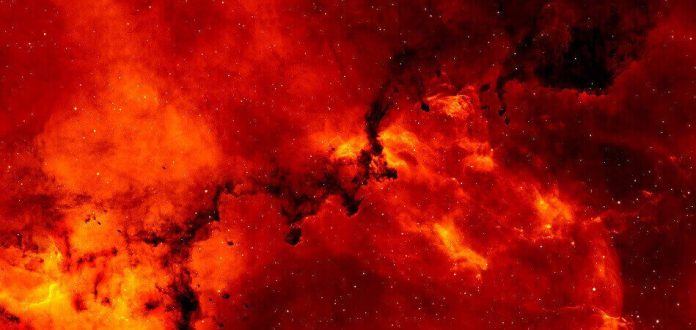Mahalaya Amavasya, celebrated by millions of Hindus, is a day of deep spiritual significance. Beyond its cultural and religious aspects, this sacred occasion also aligns with astronomical and astrological phenomena that enrich our understanding of its importance. In this article, we explore the scientific aspects of Mahalaya, shedding light on the celestial connections and cosmic rhythms that underpin this observance.
The Lunar Calendar:
To comprehend the timing of Mahalaya Amavasya, we must first delve into the Hindu lunar calendar. Mahalaya falls on the new moon day in the month of Bhadrapada, typically in September or October. The lunar calendar, which follows the cycles of the moon, has been used for thousands of years in various cultures worldwide. The new moon day, or Amavasya, marks the darkest phase of the moon, when it is not visible from Earth.
Astronomical Significance:
The timing of Mahalaya is intricately linked to the moon’s position in the sky. On this day, the moon, in its waning phase, aligns with the sun, creating a unique cosmic configuration. The moon, representing the divine feminine energy, merges with the sun, symbolizing the divine masculine. This alignment carries profound symbolism and is seen as a symbol of balance and unity.
The Arrival of Ancestors:
The concept of Mahalaya Amavasya as the day when ancestors’ souls descend to Earth also has astrological underpinnings. In Hindu astrology, it is believed that the position of celestial bodies at the time of a person’s death can impact the soul’s journey in the afterlife. Therefore, Mahalaya is considered an auspicious time for performing rituals to benefit departed souls, as the alignment of the moon and sun is thought to influence these transitions.
The Impact of Planetary Movements:
Astrology plays a crucial role in determining the most propitious time for conducting rituals on Mahalaya. Priests and astrologers calculate the exact moment when the sun and moon align, and this is considered the ideal time for performing Tarpanam and other rituals. This alignment is believed to enhance the spiritual efficacy of these offerings.
Ritual Timing and Celestial Guidance:
The astrological aspect of Mahalaya also extends to the timing of other rituals. Many families consult astrologers to determine the most auspicious times for performing Tarpanam, Mahalaya Mahishasura Mardini recitations, and other customs. These timings are intricately tied to celestial events, ensuring that the rituals are performed when the cosmic energies are most favorable.
Conclusion:
Mahalaya Amavasya is not only a day of deep spiritual significance but also one that bears an intimate connection with astronomy and astrology. The celestial alignments and astronomical underpinnings of this observance add a layer of depth and complexity to its significance. It serves as a reminder of the profound connection between the physical world and the spiritual realm, illustrating how science and faith can intersect to create a meaningful and harmonious celebration.




























































